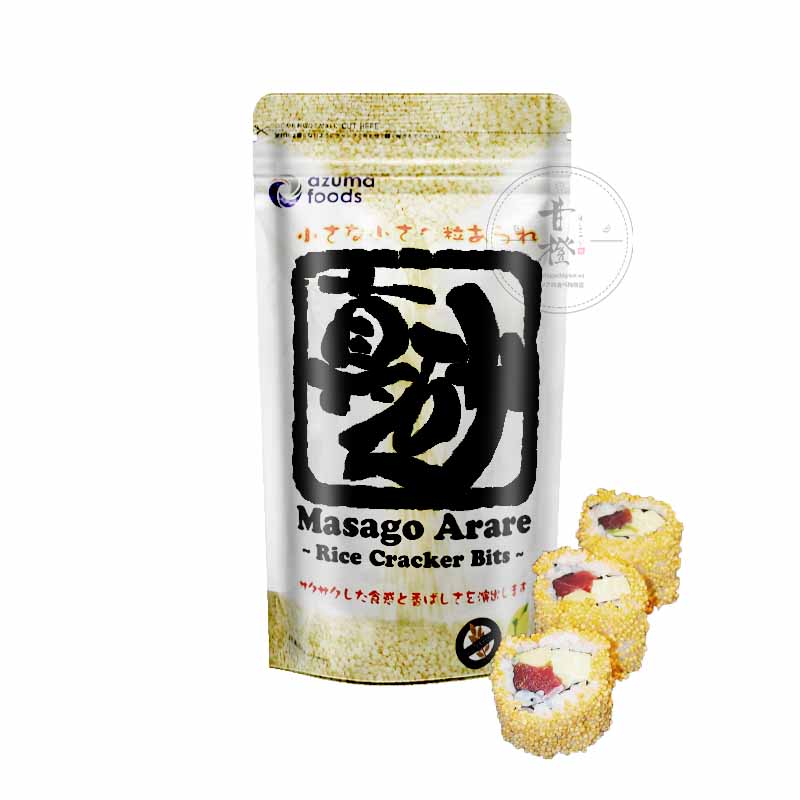Masago
What it is, History, Nutrients, Benefits, Uses and More
Fish roe are the fully mature eggs of many types of fish, including sturgeon, salmon and herring. Masago is the caviar of the capelin, a small fish found in the cold waters of the North Atlantic, North Pacific, and Arctic oceans. A popular ingredient in Asian cuisine, masago is sought after for its distinctive flavor and is considered a specialty product. This article discusses the nutrition, benefits, disadvantages, and uses of masago.
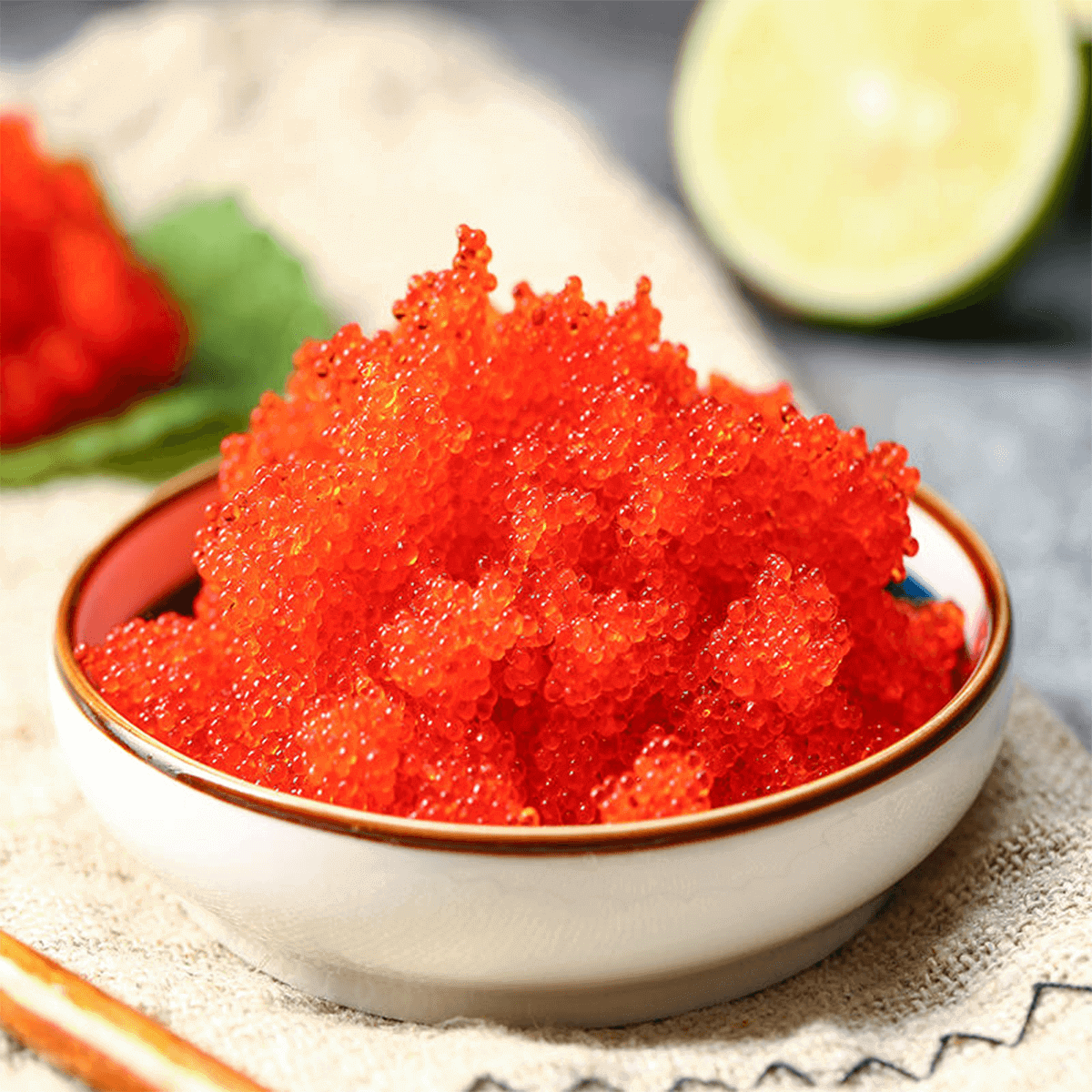
What is Masago?
Smelt eggs, commonly known as masago, are the edible eggs of the capelin fish (Mallotus villosus), which belongs to the smelt family. They are considered a forage fish, meaning they are an important food source for larger predators such as cod, seabirds, seals and whales.
These small, silvery-green fish look a lot like sardines. Although the meat of the capelin is edible, it is more sought after by fishermen to create other products, including masago. About 80% of the capelin caught is used to produce fishmeal and fish oil products, while the remaining 20% is used to produce masago.
Female capelin begin releasing eggs at around 2-4 years of age and continue spawning until they die. Masago is collected from female capelin when the fish are full of eggs but before they have a chance to spawn.
It is commonly used as an ingredient in sushi rolls and is pale yellow, although it is often dyed bright colors, such as orange, red or green, to add visual interest to dishes. It has a mild flavor and is sometimes mixed with ingredients such as wasabi, squid ink or ginger.
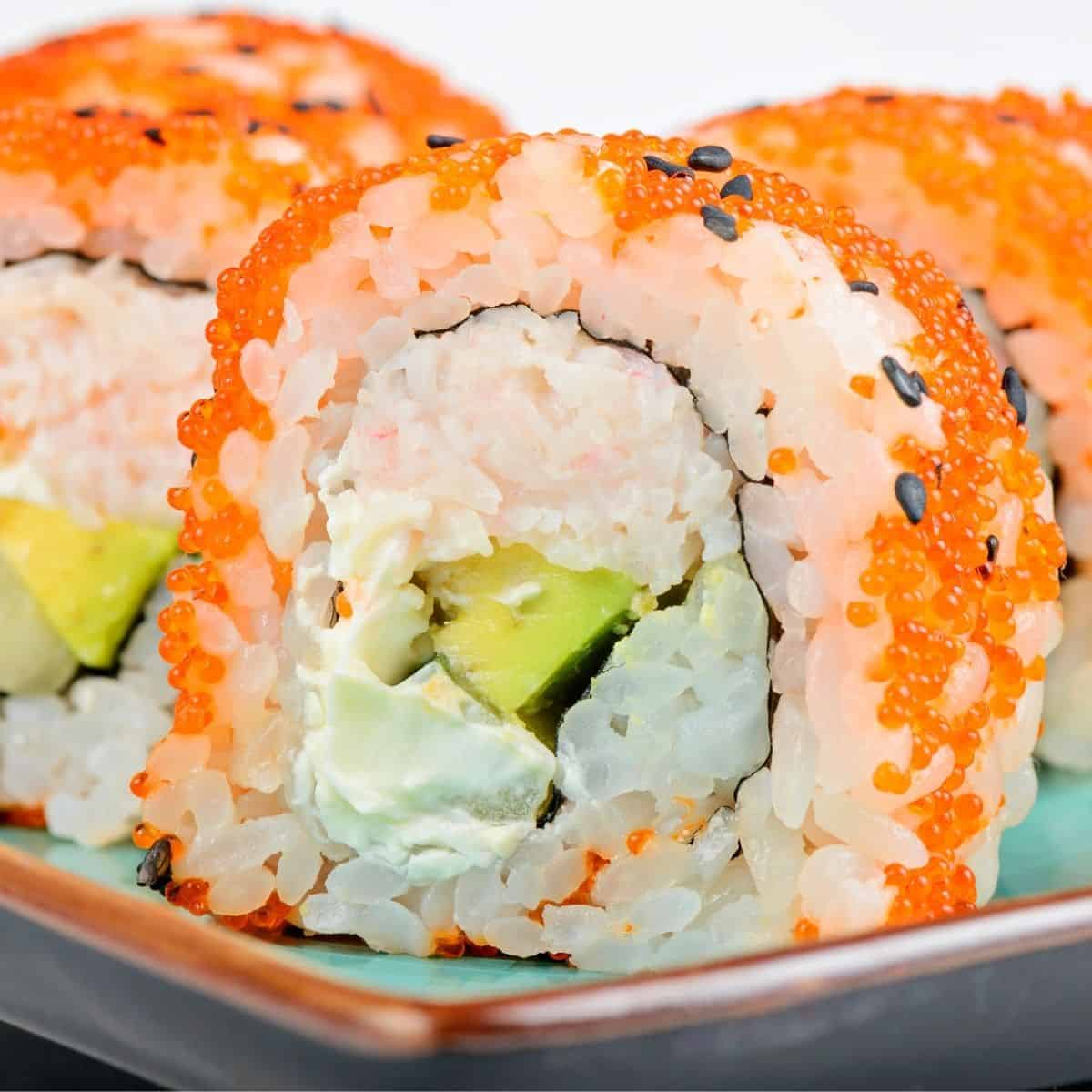
Nutrients
Like other types of fish caviar, masago is low in calories but high in many important nutrients. Only 28 grams of fish caviar contains:
Calories : 40
Fat : 2 grams
Protein : 6 grams
Carbohydrates : less than 1 gram
Vitamin C : 7% of the Daily Value (DV)
Vitamin E : 10% of the DV
Riboflavin (B2) : 12% of the DV
Vitamin B12 : 47% of the DV
Folate (B9 ): 6% of the DV
Phosphorus : 11% of the DV
Selenium : 16% of the DV
Fish caviar is particularly high in vitamin B12, a water-soluble vitamin that you must get from foods or supplements since your body cannot produce it on its own.
Vitamin B12 is critical for many functions, including red blood cell development, energy production, nerve transmission, and DNA synthesis.
Caviar from fish like masago is low in carbohydrates but rich in protein and healthy fats, including omega-3 fatty acids.
These polyunsaturated fats help regulate inflammation and are vital for the proper functioning of your immune system, heart, hormones and lungs.
Additionally, fish caviar is full of amino acids, the building blocks of proteins, especially lysine, valine, histidine, leucine, isoleucine and phenylalanine. Leucine and lysine are essential for protein synthesis and muscle repair.
Possible health benefits
Like other types of seafood, masago is nutritious and offers a variety of health benefits.
A rich source of high quality protein
Although small in size, masago offers a powerful amount of protein.
A single 28-gram serving provides 6 grams of high-quality protein, about the same amount as a large egg (50 grams).
Compared to carbohydrates and fat, two other macronutrients, protein is the most satiating and helps control hunger.
Adding protein-rich foods like masago to your diet can help keep you satisfied and prevent overeating, which can promote weight management.
Fish caviar is a complete protein, meaning it has all nine essential amino acids your body needs.
A natural source of selenium and vitamin B12
Masago is a good source of selenium, a mineral that acts as a powerful antioxidant in your body.
Found in concentrated amounts in seafood, selenium reduces oxidative stress and plays critical roles for your thyroid and immune system.
Research shows that blood levels of selenium can improve the immune response and prevent mental decline, although the results are inconclusive.
Masago is also high in vitamin B12, which is critical for nerve health and energy production, as well as other important bodily functions.
High in omega-3 fatty acids
Omega-3 fatty acids are polyunsaturated fats with many health benefits. These special fats regulate inflammation, control blood clotting, and are an integral part of your cell membranes.
Research indicates that higher dietary intake of foods rich in omega-3 fats is associated with a lower risk of heart conditions, including heart failure and coronary artery disease.
Fish and fish products such as masago are some of the best dietary sources of omega-3 fats.
Low in mercury
Because capelin is a small forage fish, it tends to have much less mercury than larger fish like mackerel and swordfish.
Additionally, research shows that fish caviar tends to be the lowest in mercury compared to other parts of the fish such as organs and muscle tissue.
For this reason, caviar from fish such as masago can be safely consumed by those who want to keep their mercury exposure to a minimum.
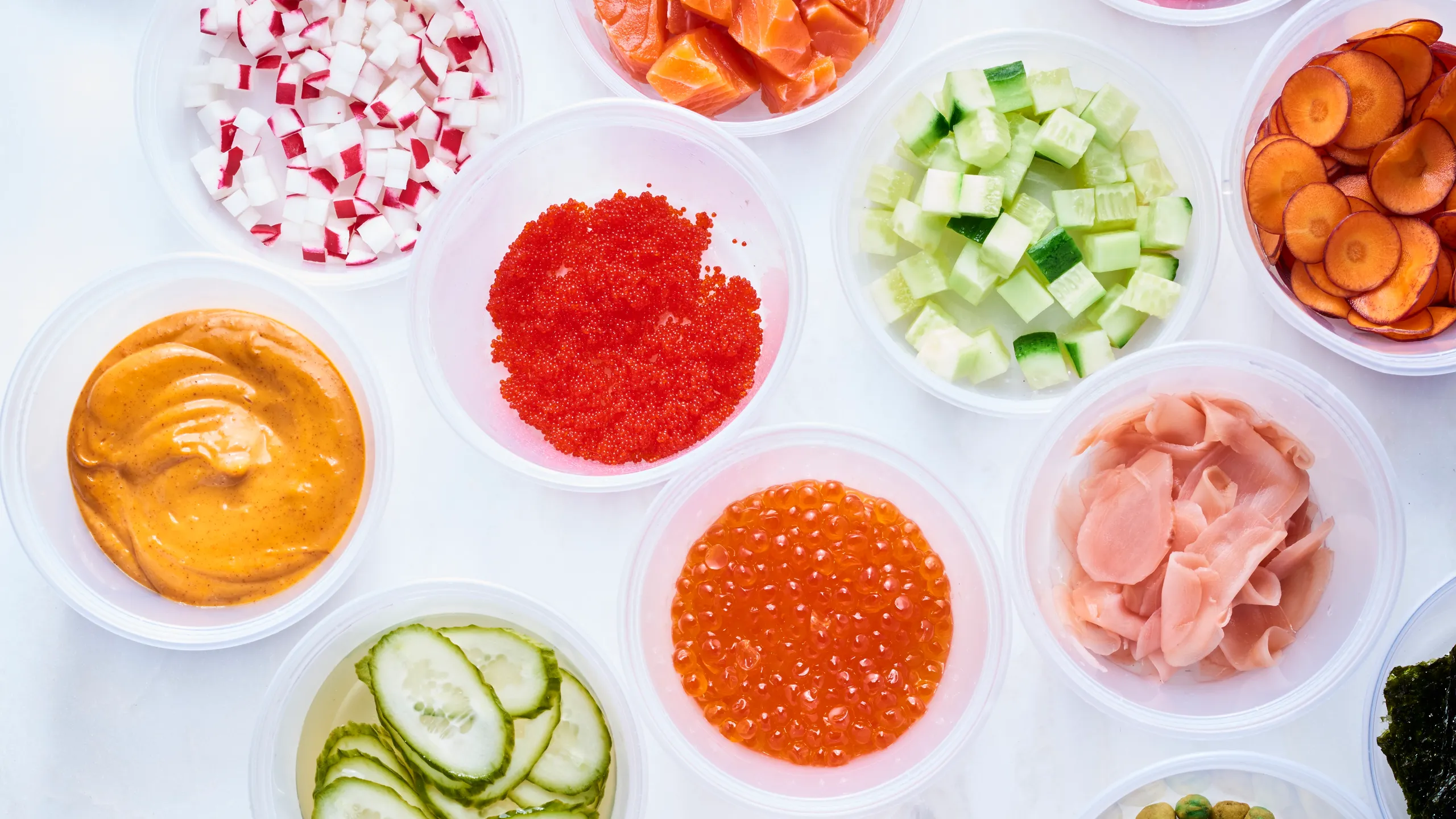
How to add it to your diet?
Masago is strongly associated with sushi. There is even a specific type of roll called masago nigiri, dedicated to the combination of nori, sushi rice, and fish roe. Additionally, it is often used as a topping on other sushi rolls or accompanying sashimi platters.
These fish eggs are also used in a variety of sauces. The most common is in a Japanese fusion pasta that combines fish roe with dashi, mayonnaise and milk to make a topping for fettuccine pasta. Another similar version is also based on mayonnaise but integrates a little lime and sriracha to make a tasty sauce for sushi and seafood: a spicy masago-based mayonnaise.
Here are some ways to add masago to your diet:
- Top the homemade sushi rolls with a few teaspoons of masago.
- Combine masago, cheese and fruit on a plate for a tasty appetizer.
- Use masago to flavor rice dishes.
- Add masago to poke bowls for a unique topping.
- Add masago to Asian noodle dishes.
- Top the fish with masago for a tasty twist on the recipe.
- Mix masago with wasabi or spicy mayonnaise to flavor sushi rolls.
Because masago is usually high in salt, you only need a small amount to create a powerful hit of flavor. Although most often used in Asian cuisine, masago can be incorporated into many recipes that pair well with its salty flavor and crunchy texture.
What is the difference between tobiko and masago?
Although these fish eggs are used interchangeably in Japanese cuisine, there are some notable differences when comparing tobiko vs masago.
The natural color of tobiko is golden, while masago is a duller yellow. Both are colored with natural ingredients and dyes during curing.
Tobiko is flying fish eggs, while masago is smelt fish eggs.
Both are smaller than caviar and other roe, but of the two, tobiko is larger. Masago means "sand" in Japanese, a testament to its small, grainy size.
Tobiko has a crunchier texture and pops in your mouth. Masago has a bit of crunch but is much softer than tobiko.
Frequent questions
How does masago taste?
Masago has a very similar flavor to tobiko, although slightly milder. It has a subtly sweet, salty and citrus flavor. Masago is typically cured in soy sauce, MSG, high fructose corn syrup, and coloring agents, resulting in its salty flavor and vibrant colors.
As mentioned above, masago can be processed in several ways, which can subtly alter the flavor profile. Most commercial tobiko is cured with some combination of sake vinegar, mirin, salt, sugar, soy sauce, and dashi (an aromatic Japanese broth).
Is masago the same as caviar?
Masago and caviar are both fish eggs, but they are obtained from different species of fish. True "caviar" comes from sturgeon species, which are rare and take more than 10 years to mature. Caviar is much larger and differs in flavor, texture, color and price.
How does tobiko taste?
Tobiko has a crunchy texture that explodes in your mouth. Raw tobiko eggs have a mild flavor that is both sweet and salty with citrus undertones. Unlike masago, tobiko also has some smoky undertones.
How to store masago?
It is best to store masago in the freezer, as it keeps well frozen. It can last up to 6 months in the freezer. Once thawed, it can last about 4-5 days in the refrigerator.
Is masago raw?
Yes, masago is the raw, flavored and colored edible eggs of the capelin fish.
Is it safe to eat masago?
Yes, masago is edible capelin eggs, but you should avoid masago if you are sensitive to salt or allergic to shellfish.
To buy
Blog
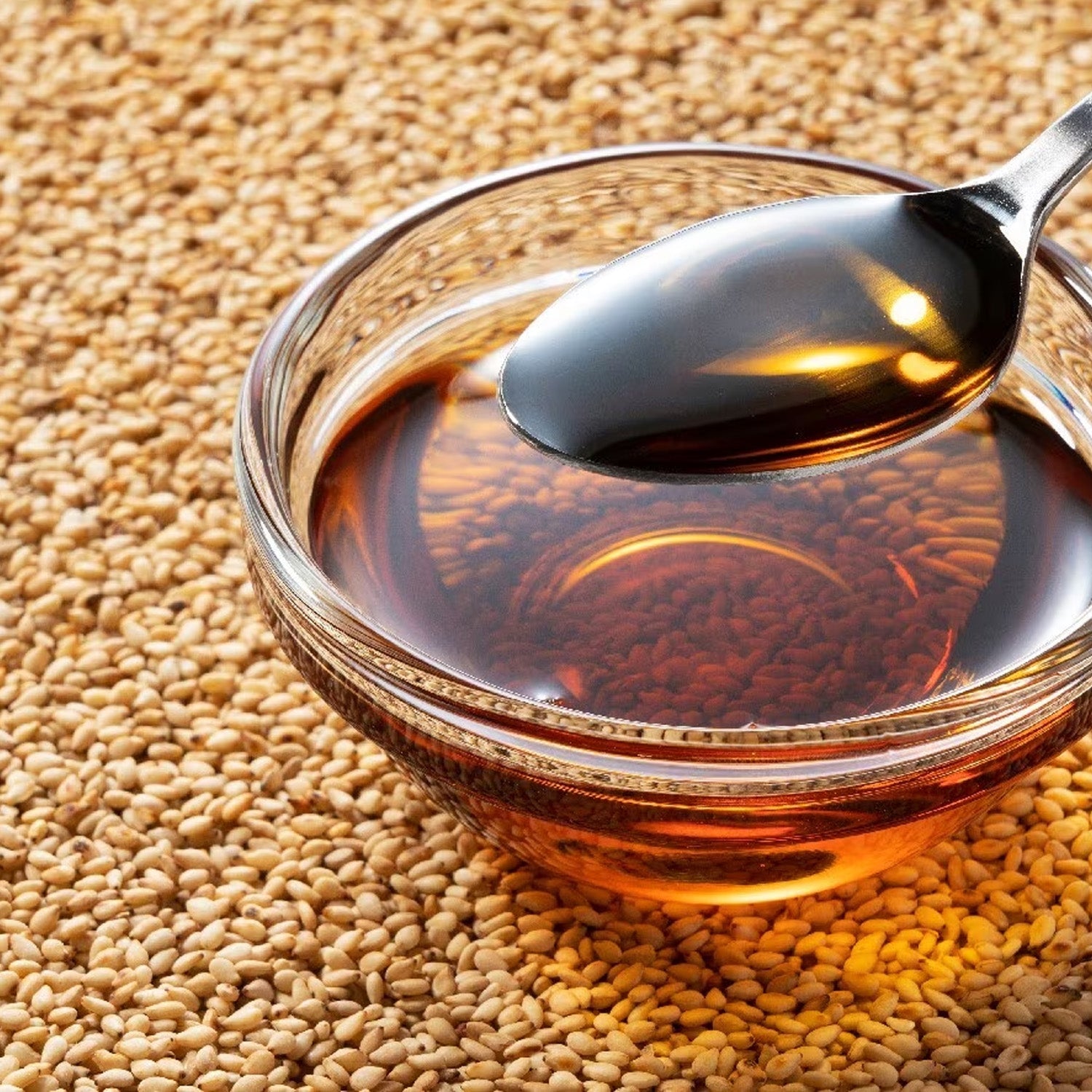
Benefits of Sesame Oil: Health and Cooking at its Best
The numerous benefits and uses of sesame oil in cooking, personal care and health. Learn how to take advantage of its antioxidant and anti-inflammatory properties.
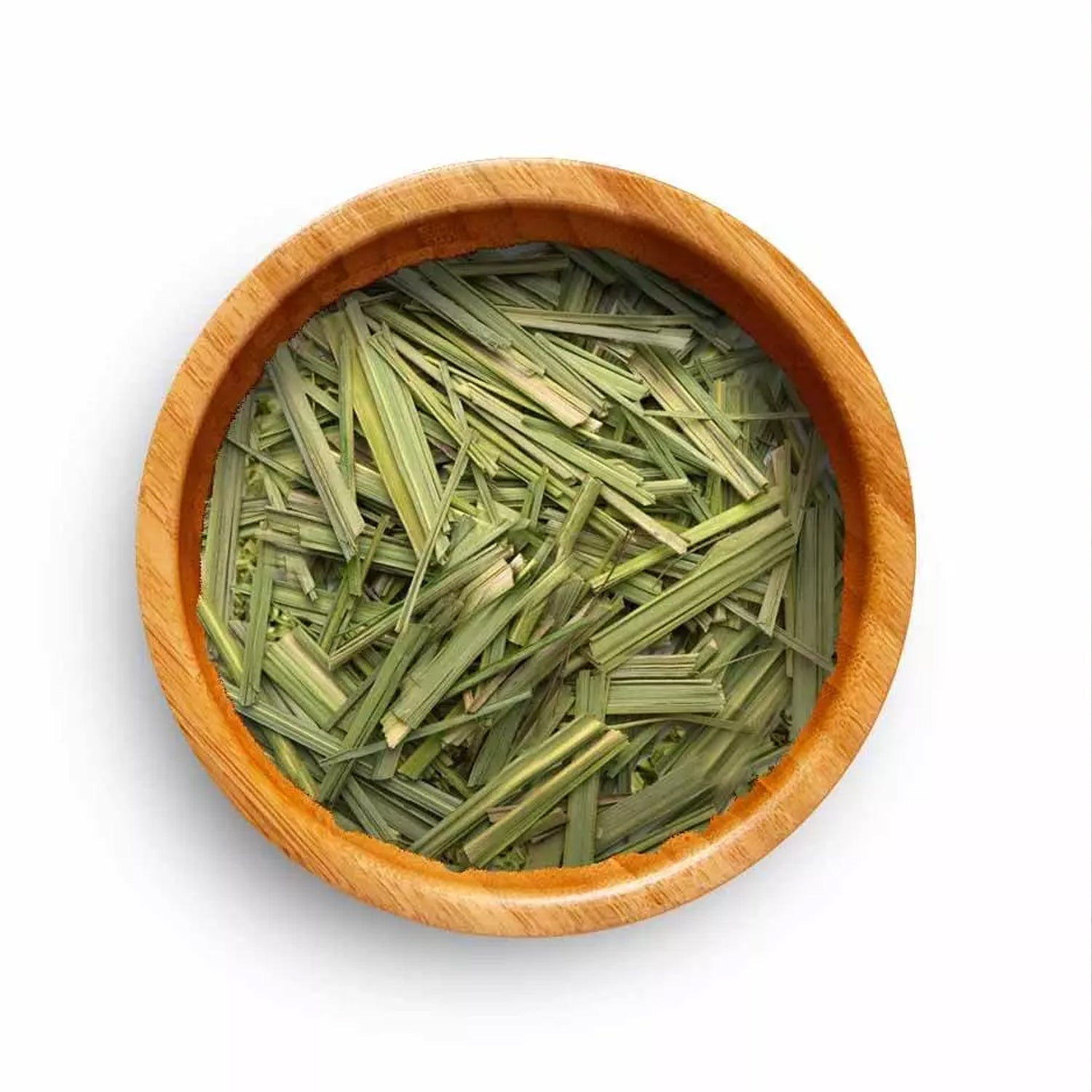
Benefits of Lemon Grass: Culinary and Medicinal Uses
Lemon Grass can transform your favorite dishes and improve your health. Learn about its culinary uses, medicinal benefits, and featured recipes to incorporate this versatile plant into your daily l...
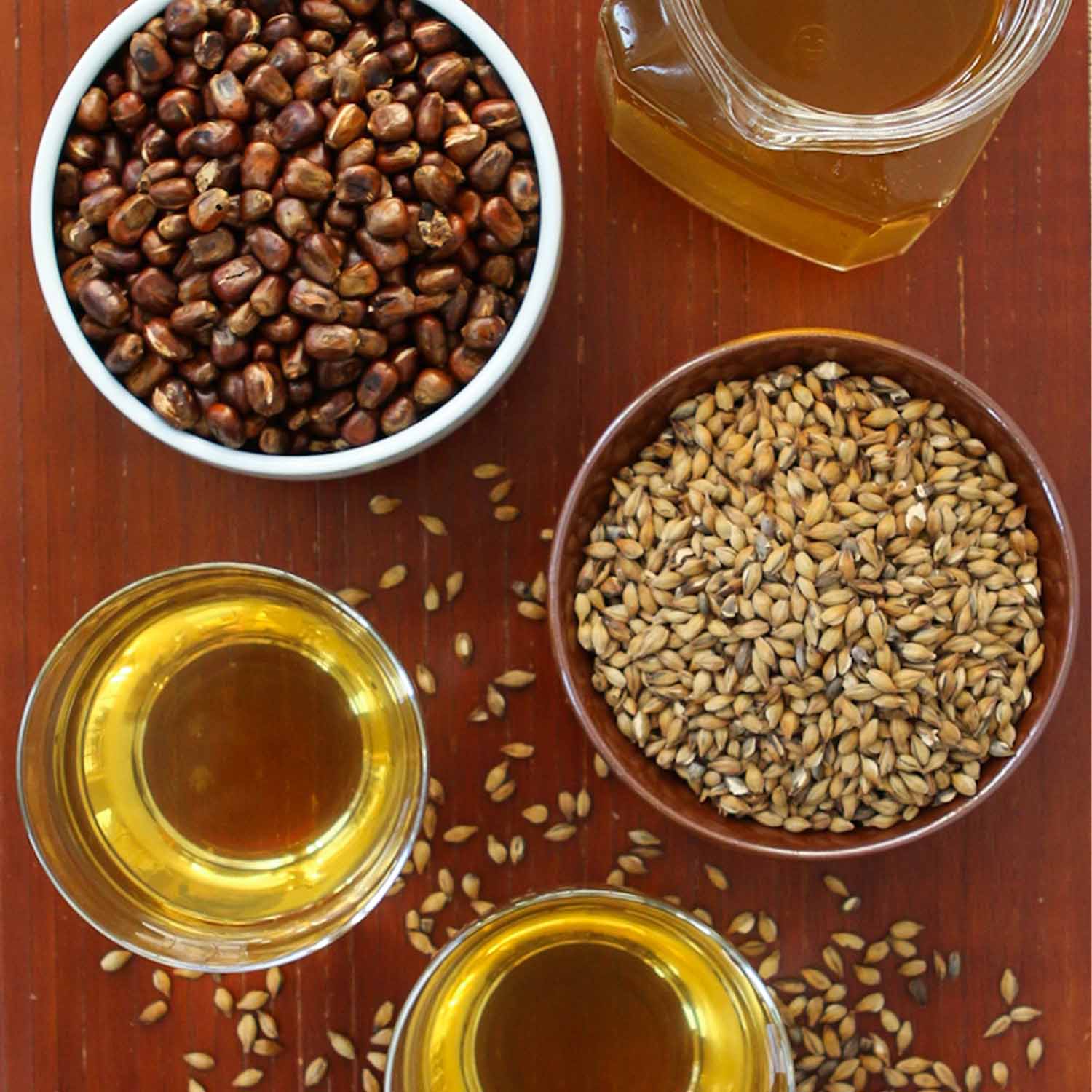
Korean Barley Tea: Tradition and Health in Every Cup
Korean barley tea, known as bori-cha. Learn about its origin, health benefits and how to prepare it at home. A caffeine-free drink rich in antioxidants. Discover the tradition and benefits of this ...



